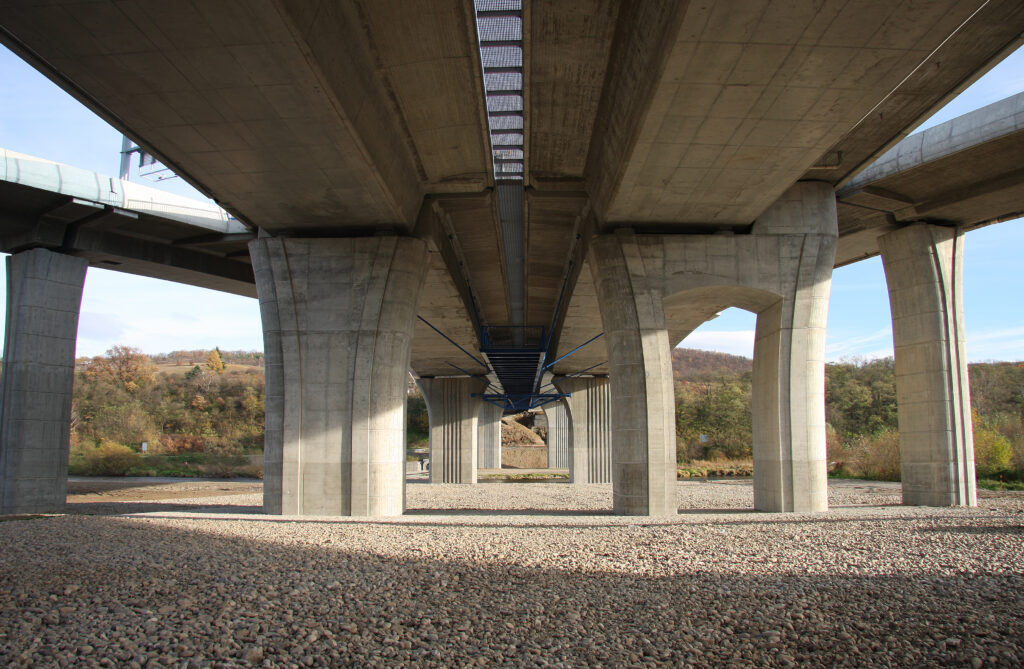In today’s world, the maintenance of critical infrastructure like pipelines, bridges, and industrial plants is more important than ever. Aging assets, increasing usage demands, and environmental factors can all lead to structural weaknesses and catastrophic failures. Fortunately, innovations in sensor technology are enabling asset owners and maintenance engineers to catch potential problems before they escalate. One such innovation is distributed fiber optic sensing (DFOS)—an advanced method for detecting strain, stress, and potential damage early on, offering a powerful solution for safeguarding infrastructure.
What is Distributed Fiber Optic Strain Sensing?
Distributed fiber optic sensing involves embedding or attaching fiber optic cables to structures such as pipelines, bridges, or buildings. These fibers serve as continuous sensors along their entire length, providing monitoring of strain across large areas, unlike traditional sensors that monitor specific points. Through techniques like Sensuron’s Optical Frequency Domain Reflectometry (OFDR) these sensors measure changes in light patterns traveling through the fiber, detecting minute changes in strain or deformation.
This method provides a continuous, high-resolution map of strain over the full length of the fiber. Such comprehensive coverage allows maintenance teams to detect abnormalities at a granular level, even in hard-to-access areas, such as remote sections of bridges.
How Does Distributed Fiber Optic Sensing Work for Early Damage Detection?
DFOS excels in early damage detection by continuously monitoring structural integrity. Here’s how it works:
- Installation of Fiber Optic Sensors: Fiber optic cables are installed along critical points of the structure, including stressed areas like joints, welds, or areas exposed to significant environmental factors. These fibers are flexible, lightweight, and durable, making them ideal for embedding in or attaching to different types of materials, including metals, concrete, and composites.
- Continuous Data Monitoring: As the sensing fiber is subjected to external forces like stress, strain, or temperature changes, the internal light signal is altered. DFOS systems monitor these changes with incredible precision, detecting even the slightest variations in strain.
- Real-Time Alerts: Any abnormal stress levels or strain patterns—indicating potential weaknesses or damage—trigger real-time alerts. For instance, a pipeline experiencing unusual bending or stretching due to ground movements or pressure buildup can be flagged before the issue leads to leakage or rupture. Similarly, stress buildup in a bridge’s supports can be detected well before the formation of visible cracks or structural failures.
- Data-Driven Maintenance: By using the collected data, engineers and inspectors can precisely pinpoint areas that require attention. This proactive approach minimizes downtime and repair costs, while also preventing accidents and ensuring compliance with safety standards.
Key Benefits of Distributed Fiber Optic Sensing for Asset Owners and Maintenance Teams
- Early Damage Detection: The ability to detect minor strain deviations early helps asset owners avoid large-scale failures. This prevents costly repairs, unscheduled downtime, and even potential loss of life due to catastrophic incidents.
- Reduced Inspection Costs: Traditional inspection methods, such as manual inspections and point-based sensor installations, can be time-consuming and expensive. DFOS reduces the need for physical inspections unless abnormalities are detected.
- Enhanced Maintenance Planning: DFOS data can be used to predict when and where failures might occur, helping asset managers plan maintenance work during optimal periods and avoid emergency repairs. This predictive maintenance capability ensures that maintenance budgets are used efficiently and assets operate safely for their full lifespan.
Applications of Distributed Fiber Optic Sensing in Critical Infrastructure
- Pipelines: Pipelines transporting oil, gas, and water are prone to environmental stress, corrosion, and mechanical damage. DFOS can detect subtle shifts in strain caused by ground movement, pressure changes, or external impacts, allowing operators to prevent leaks or ruptures.
- Bridges and Tunnels: With constant exposure to traffic loads, environmental factors, and material fatigue, bridges and tunnels are at risk of gradual degradation. DFOS can provide continuous feedback on load distribution and strain changes, offering early warnings of structural weakness.
- Buildings and Dams: In earthquake-prone areas or in structures like high-rise buildings subjected to floods and wind loads, DFOS provides critical data on how structures respond to stress.
Conclusion
Distributed fiber optic sensing is revolutionizing the way asset owners and civil engineers approach structural health monitoring. With its ability to provide continuous, real-time monitoring and early detection of structural weaknesses, DFOS offers a proactive and cost-effective approach to managing critical assets. By integrating this technology, engineers can extend the lifespan of their infrastructure and avoid catastrophic failures that could have far-reaching consequences. Adopting DFOS is a vital investment in the safety and sustainability of infrastructure that people and industries rely on every day.

